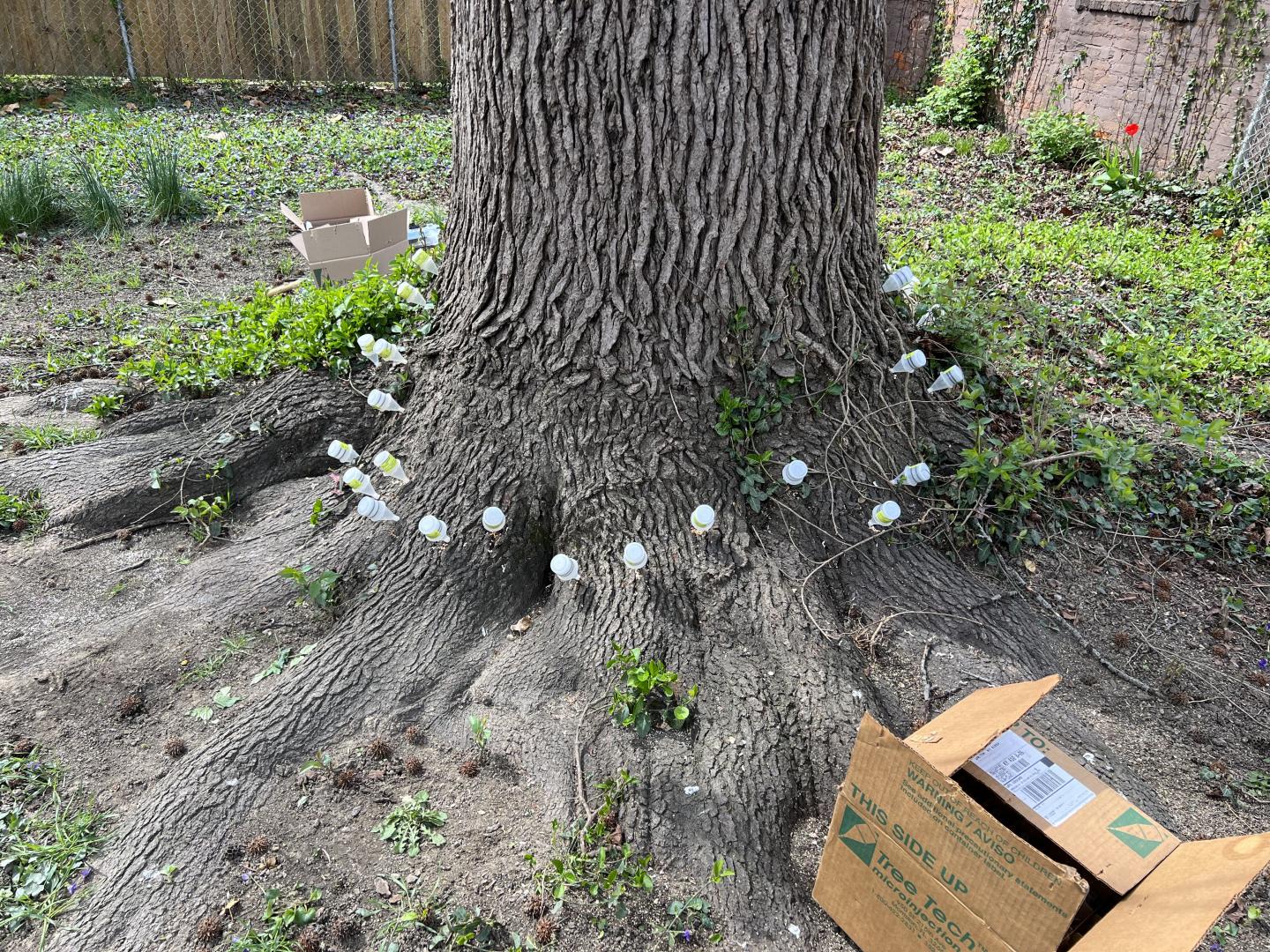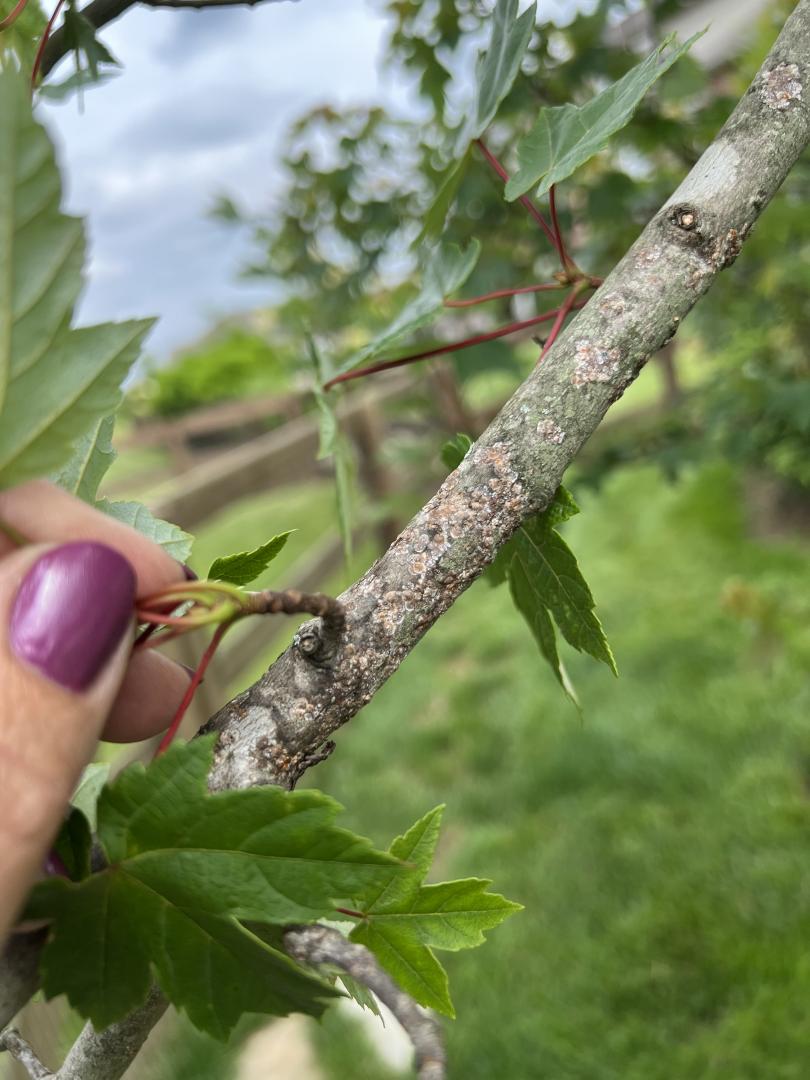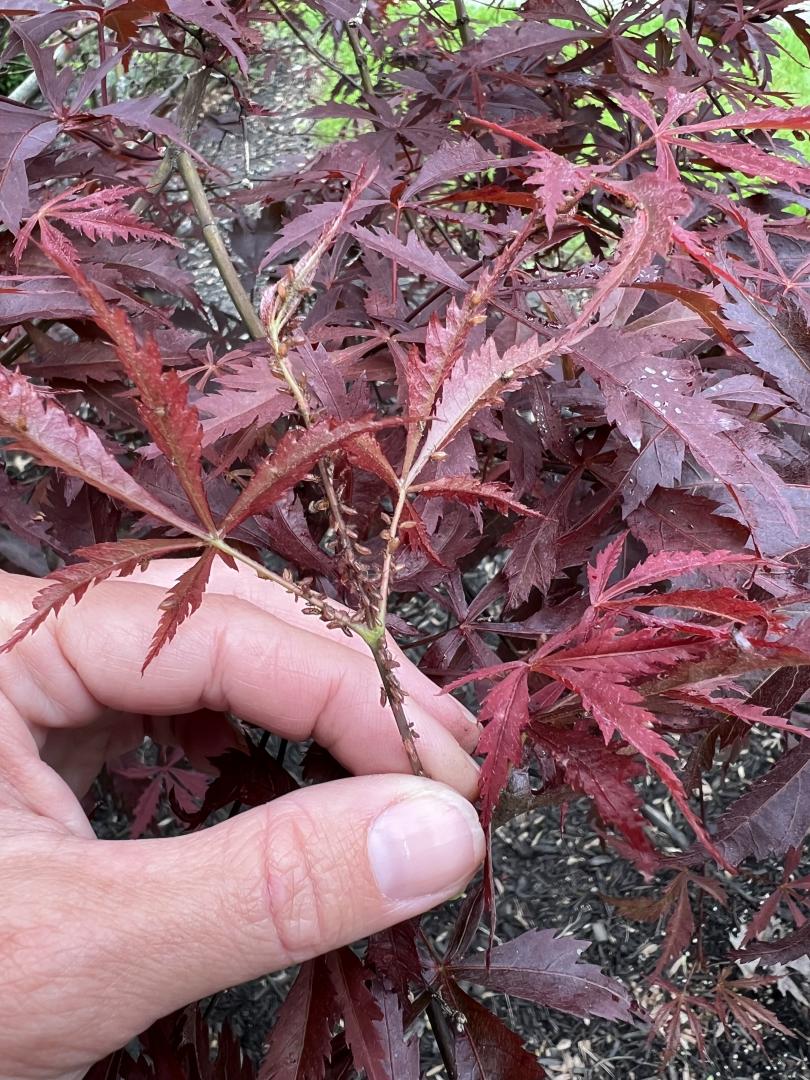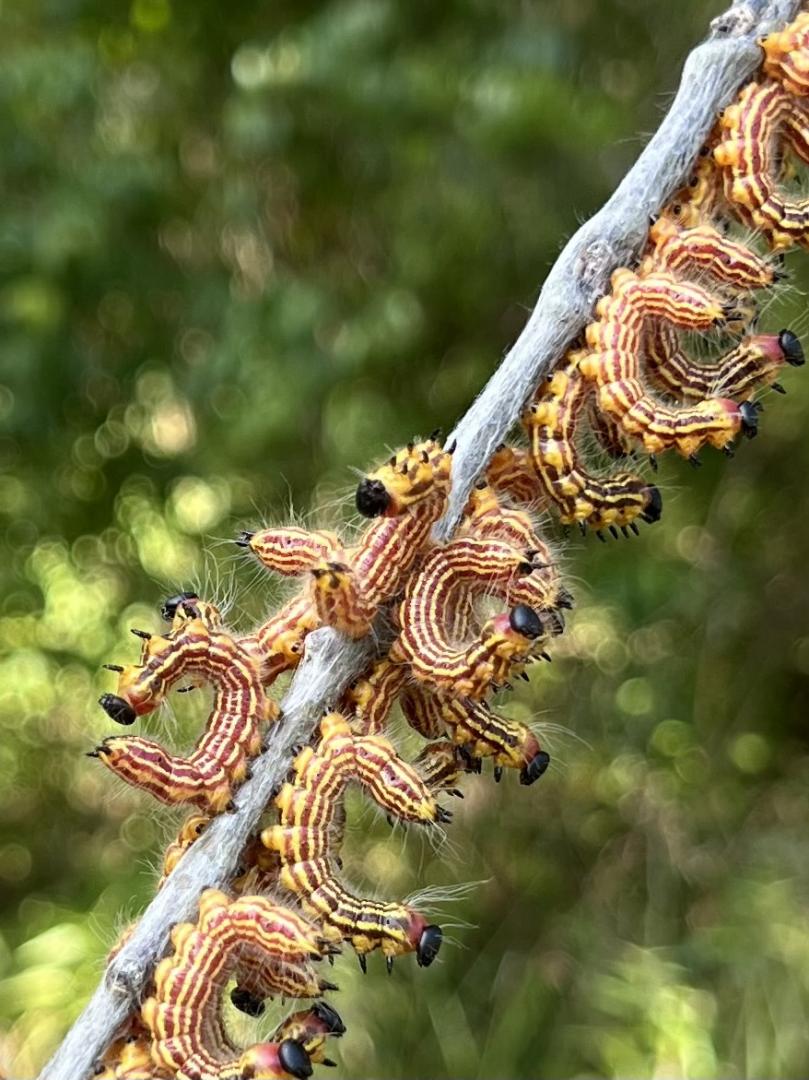Services
Balancing tree health with the aesthetic beauty of a manicured landscape can be difficult. Routine monitoring by a certified arborist will identify and address tree problems early which saves you money!
Disease and Insects: Prevention and Treatment
Beautiful landscapes increase the value of your home. Maintaining your investment requires supporting your trees and shrubs with preventative or targeted treatments. As a Board Certified Master Arborist and a licensed commercial pesticide applicator, I offer traditional and organic options to battle problematic bugs and pathogens.
There are several options for delivering pesticides into or onto a tree. I reduce pesticide usage and protect critical pollinators and beneficial insects through trunk injection or soil drenches.
Integrated Pest Management
Integrated Pest Management is a holistic method of maintaining a landscape through routine monitoring and predetermined thresholds for pest damage paired with specific-use pesticides that reduce potential damages to non-targeted pests, beneficial pollinators, and the environment in general. Integrated Pest Management protects native, predatory insects that naturally control problematic pests like aphids and whiteflies.
Trunk Injecting Pesticides & Fungicides
Many tree diseases and insect infestations are treated by directly injecting liquid formulations of insecticides, fungicides, and sometimes bactericides into the tree's basal root flare at the base of the trunk. These formulations are specifically designed to be carried throughout the tree and into the leaves. Some insecticides are effective for two growing seasons. Healthy trees will close the small drilled holes within a growing season. Most treatments for diseases and insects are most effective when used preventatively. (See Figure 1)
Foliar Fungicide Treatments
Most tree diseases are caused by fungal pathogens. A course of foliar fungicides can help suppress needlecast diseases that affect spruce trees. Additional nutrient treatments and supplemental watering will help diseased trees recover.
Foliar Insecticide Treatments
Insects, like aphids (See Figure 3) and magnolia scale, can cause a severe decline in trees. Targeted systemic and contact insecticides are necessary to reduce the populations of these small yet problematic bugs. Sticky residue and black mold on the limbs of trees or on the surface below is often an indicator of scale and aphids.
Tree Growth Regulators
I offer an alternative to removing a messy or overgrown tree. Growth regulators can be injected into trees to control growth or reduce seed production. Trees like sweetgums, produce an abundance of seed balls that become a nuisance near pools, driveways, and roofs. A combination of proper pruning and growth regulators can help keep a tree to a size appropriate for the available space.
Growth regulators can also have beneficial effects for trees that suffering or recovering from harsh utility prunings, root loss, or other issues. The option to use growth regulators on an ailing tree rely upon an experienced arborist's knowledge of the tree's health history and current status.

Figure 1

Figure 2

Figure 3

Figure 4